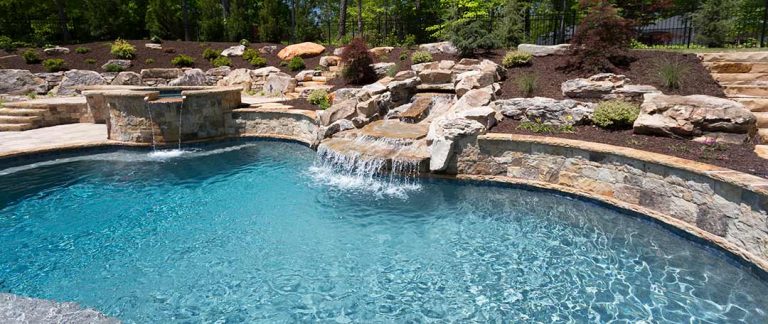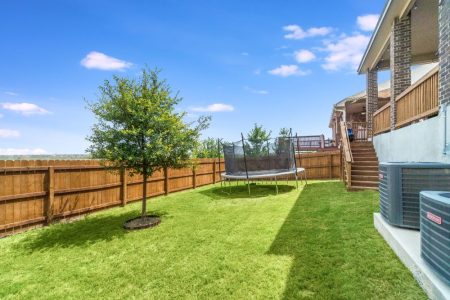1. Planning and Design
Before breaking ground, meticulous planning is essential. Consider the size and shape of your pond, keeping in mind the available space and desired aesthetic. Research local regulations regarding pond construction and obtain any necessary permits. Additionally, think about the ecosystem you wish to create, including plants, fish, and other wildlife.
2. Site Preparation
Selecting the ideal location is crucial. Opt for an area with ample sunlight and minimal tree cover to prevent debris accumulation. Clear the site of any vegetation, rocks, or debris, ensuring a smooth foundation for excavation. Mark the perimeter of the pond using stakes and string, outlining the shape according to your design.
3. Excavation
With the site prepared, it’s time to dig. Utilize heavy machinery or enlist the help of professionals for efficient excavation. Dig to the desired depth, accounting for variations in terrain and the intended use of the pond. Create gentle slopes to facilitate entry and exit, with a deeper section for swimming and a shallower area for plants.
4. Lining and Filtration
To prevent water seepage and maintain clarity, install a high-quality pond liner. Ensure proper placement and secure the liner along the edges, avoiding wrinkles or folds that could compromise integrity. Implement a filtration system to maintain water quality, including pumps, skimmers, and biological filters. Consider incorporating natural filtration methods, such as aquatic plants and beneficial bacteria.
5. Landscaping and Features
Enhance the beauty of your swimming pond with carefully chosen landscaping elements. Surround the perimeter with native plants and rocks, creating a seamless transition from land to water. Incorporate features like waterfalls or fountains for added visual appeal and a soothing ambiance. Consider installing a beach area with sand or gravel for lounging and sunbathing.
6. Filling and Balancing
Once the pond is in place, fill it with water and begin the process of balancing the ecosystem. Test the water regularly for pH, ammonia, nitrite, and nitrate levels, making adjustments as needed to create a healthy environment for plants and fish. Introduce aquatic vegetation and fish species suited to your climate and water conditions, promoting biodiversity and natural equilibrium.
7. Maintenance and Enjoyment
Maintaining a swimming pond requires ongoing care and attention. Regularly remove debris, such as leaves and algae, to prevent buildup and maintain water clarity. Monitor water quality parameters and adjust filtration and aeration as necessary. Enjoy your swimming pond to the fullest, whether it’s for leisurely dips on hot summer days or quiet contemplation amidst nature’s splendor.
In conclusion, building a swimming pond is a rewarding endeavor that transforms your backyard into a serene retreat. By following these steps and incorporating thoughtful design elements, you can create a beautiful and functional oasis for relaxation and recreation. So dive in, and let the journey from start to finish immerse you in the joys of natural living.





